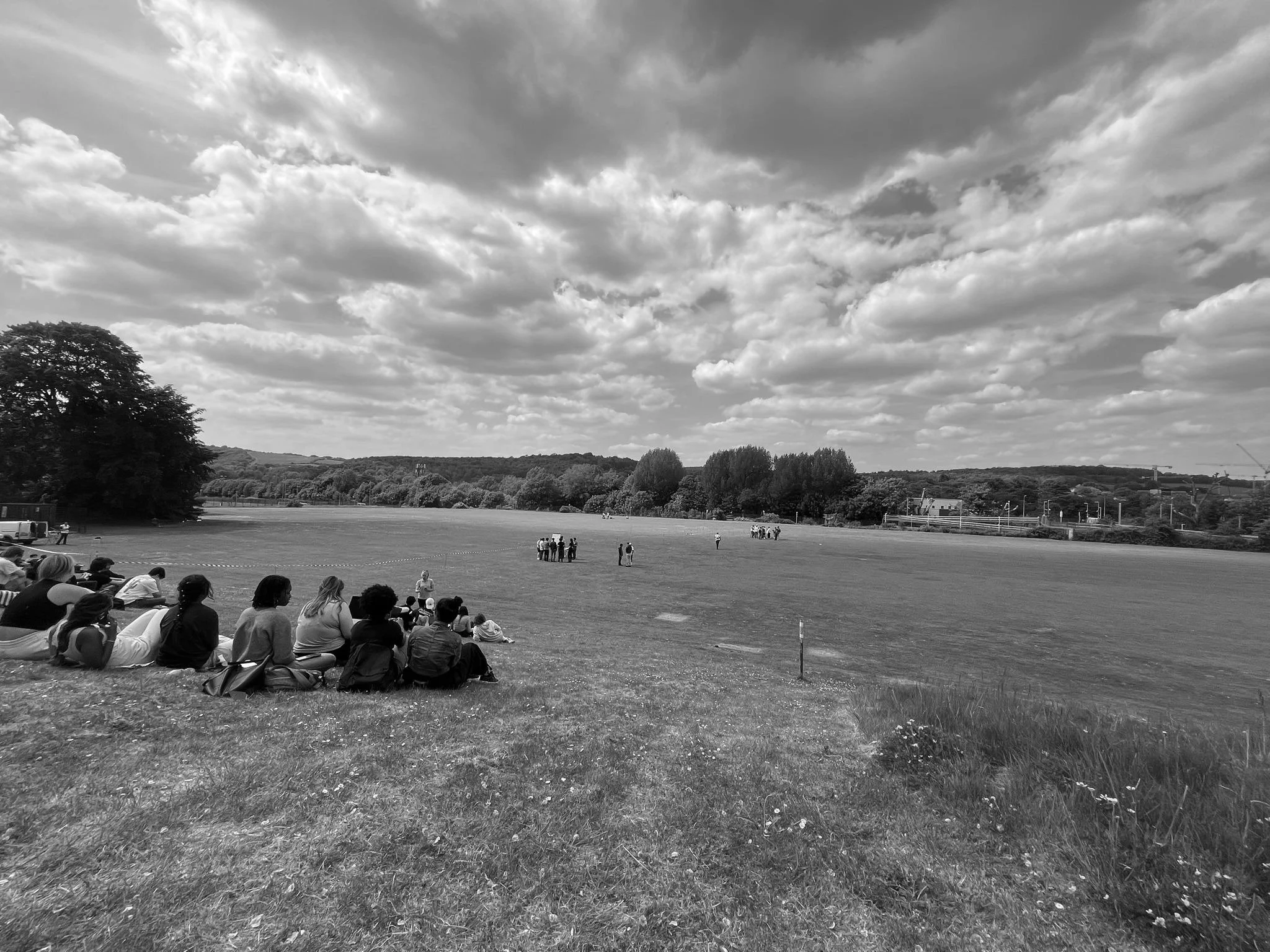Wind Tunnel
To analyze the aerodynamics of my water bottle rocket, I tested it in a wind tunnel. By increasing the wind speed, I could simulate how the rocket would perform under different flight conditions.
The wind tunnel used in this experiment is a closed-circuit tunnel designed to simulate controlled airflow. I mounted the rocket horizontally using a simple rig and connected force sensors to measure drag. Ensuring the rocket stayed perfectly aligned was important to get consistent results.
This testing allowed me to measure the drag force, which is the air resistance acting on the rocket, as well as the speed of airflow to see how the rocket interacts with fast-moving air, and its stability, or how well it stays aligned under different wind conditions. As I increased the wind tunnel speed, I observed that drag also increased, which directly affected the rocket’s performance. Analyzing this data helped me understand which rocket designs perform better at higher speeds and how to reduce resistance for a smoother, more efficient flight.
Air Pressure (kPa)
200
.08
3.6
400
.57
8.8
600
1.52
14.7
800
Drag (N)
2.74
Speed (m/s)
20.3
The table clearly shows that drag increases non-linearly with airspeed. This reflects real-world aerodynamic behavior, where drag grows exponentially as speed increases. It also taught me that making the rocket as streamlined as possible is crucial if I want to launch it faster and higher.

